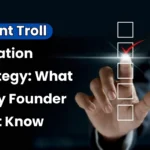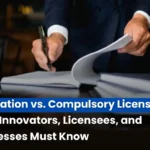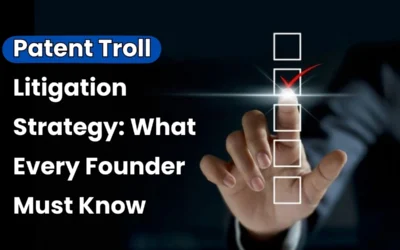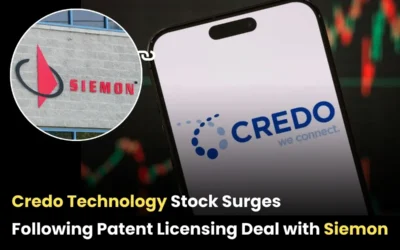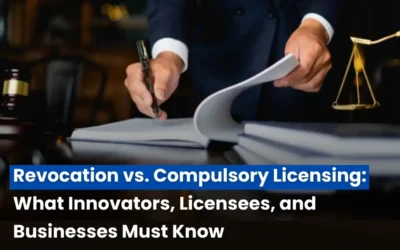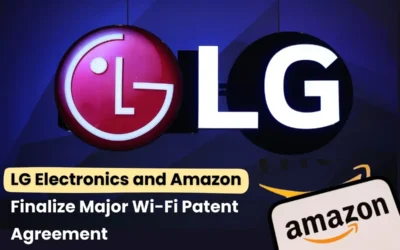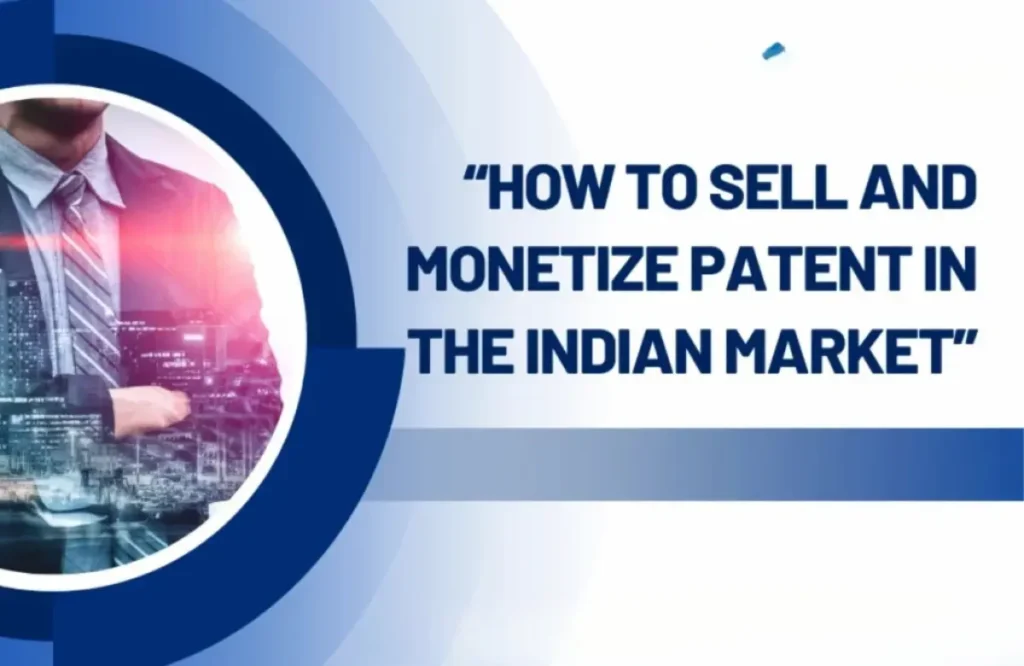
A patent is one of the intellectual property assets that yield long-term monetary returns to its owner if it is applied appropriately. In India, the process of sell and monetize patents is protected by the Patent Act of 1970. The act is concerned with the security of innovation and invention. This is to be done by strictly giving the inventor the rights to the creation exclusively. Most of the inventors lack a proper way to patent commercialization. Only three ways of effectively monetizing a patent, either by selling, licensing, or commercialization, have been termed as a must with full knowledge of the process.
This paper elaborates on various methods of selling and patent monetization in India.
Understanding how to sell and monetize patents in India?
One’s appreciation of how one can sell or monetize his patent happens first. The basic insight with which this will happen is, of course, what a patent is and what it is doing under the law of India.
What is a Patent?
A patent is a kind of intellectual property. Patent rights are exclusive to the owner of the patent. Patent in India offers protection to new, not obvious, and industrially applicable products or processes. Only the owner has the right to use, make & sell the invention.
Patent Registration Process in India
The first approach towards patent monetization is to ensure that the invention is patented in the Indian Patent Office. This is, in fact, a process through which an inventor shall submit an elaborated application stating as to why the invention would be novel and useful and not similar to those found in earlier solutions.
Examination and Granting:
After filing the same, the patent application remains under the process of examination. Once granted, absolute rights are allowed for 20 years from the date of filing.
Patent Protection:
Patent protection and rights are exclusively granted; no one can manufacture, sell, or distribute the patented product or process.
Patent Maintenance
Other significant things a patent requires are maintenance. It refers to the annual renewal fees. A patent may not be valid if you cannot pay renewal fees. A patent owner needs to know at what time such renewal dates fall so that the protection continues uninterrupted.
Read Also: Patent Licensing vs. Commercialization: Which strategy is better for startups in 2025
How To Sell And Monetize a Patent in India
With your patent in hand, you can exploit it in several ways. The main ways by which one can exploit his patent include selling, licensing, or commercializing an invention. Let’s discuss them step-by-step.
Selling a Patent
Patent selling involves the selling of ownership rights of a patent to a third party. It is pretty good when one doesn’t look forward to marketing it himself.
Key Steps for sell and monetize patent:
- Determining Patent Value: The first thing to determine before selling a patent is how much it’s worth. It is possible by conducting market demand research, reviewing the technological importance of the patent, and reviewing the level of competition in the marketplace. Alternatively, this step can be left to a patent valuation expert.
- Identify your potential buyers: that is, the companies or individuals in such industries that could be interested in your patented invention. For example, if it’s a new medical device that you have patented, the buyers will be health care companies.
- Negotiate your terms: find your buyer, establish a clear agreement of sale, for instance, the price for your invention, your payment conditions, and the transfer of rights.
- Preparation of Patent Assignment Agreement: Once the buyer agrees with you on the terms of the agreement, prepare a legal document called a “Patent Assignment Agreement”. An assignment is a contract that describes the patent rights of the buyer.
Normally, a sale of a patent is done only once. After completing that one, you lose all claims to your invention as well as further royalties.
Patent Licensing
Patent licensing is the situation wherein you can stay as the owner of the patent but lose some of your rights either to use your invention or its manufacture it. A little royalty shall be paid to you from this position, and some upfront payment could arise as well from this position.
Type of Patent Licensing
- Exclusive License: You are forced into becoming a single company that becomes licensed to utilize the patent. You are not licensed to permit these rights to anyone else.
- Non-exclusive license: In this scenario, you will have several firms that are all licensed under one patent, and you can gain your royalties from several licensees.
- Sub-licensing: If he intends to sub-license the patent, then the licensor can license it to other companies.
- Select Target Licensees: Determine the organizations or companies that would value implementing your patented innovation. An illustration is the patent of an invention part of some machinery; several manufacturers dealing in that particular category are sure to be attracted towards it.
- Term Negotiation: Royalty rate, lump sum, non-exclusive or exclusive arrangement, and time duration for which the licensing deal will be done.
- License Agreement: It is a legal document that explicitly states all terms of the license, the scope of use, the term, and the compensation. It must be drawn by a patent attorney so that it is in accordance with the intellectual property rights (IPR) in India.
Licensing creates long-term passive income and happens to be one very popular methods because most inventors would desire to hold their intellectual properties while generating passive income from their use.
3. Commercial Exploitation of the Patent
You can commercially exploit the patent by manufacturing and selling the patented invention if you have the capacity and infrastructure. It is a commercially viable investment with higher returns in the long run.
Steps to Commercialization of a Patent
- Business Plan: Patented product will be commercially viable. Therefore, an appropriate business plan is essential. Production cost, marketing plan, and distribution channel have to be considered
- Product Manufacturing: Having prepared the business plan, manufacturers are to be searched for patentable products or processes. That involves negotiating with manufacturers either in India or abroad.
- Market the Product: Sell your product by creating awareness with the right customer segments. This may be through digital marketing, attendance at trade shows, and building distributor partners.
- Distribution of the Product: Distribute your product through partners or independent sales channels to get it to the ultimate consumer.
Its commercialization process is quite lengthy and time-consuming, with lots of efforts in India, but it will enable the owner of the product to fully control the product and the generation of revenues.
Read Also: The Rise of Indian Startups Using Patent Monetization to Attract Investors
Joint Ventures and Partnerships
You could also raise more money by sharing the profit or part of your patent through a joint venture with other firms. Most of the time, it’s in terms of partnering with even bigger firms, thus offering an avenue for scale-up by larger resources from bigger firms in scaling up your patented product or service.
- Contract Formation: A legal contract that defines the terms of the partnership and usage of the patent.
- Risk Management: This would avoid risks but utilize the capacity of larger firms.
- Legal and Financial Issues: Selling or commercialization of patents in India will attract several legal
Financial considerations:
- Tax Implications: The income from licensing or the sale of patents comes within the Income Tax Act. So, do bear in mind studying the tax structure applicable to your kind of income, capital gain, royalty, etc.
- Patent Enforcement: Where there is an infringement, your rights can be enforced in the Indian courts. This is an extremely long process and costs lots of money. You must therefore have a very good understanding of the mechanisms of enforcement.
- Indeed, legal assistance recourse to a patent attorney would be very advisable for preparing contracts, scrutinizing cases of patent infringement, and determining whether the agreements entered into are proper in form and good legal practice.
Conclusion
Fair scope in whatever form the patent is sold, licensed, or commercialized requires thought, negotiations, and laws regarding intellectual properties. Get huge returns in unlocking your patent value by looking into all the other alternatives in studying what could be helpful for your specific invention, and then hiring professionals to understand the legal and financial sides.
